African dance has been a captivating art form for centuries, from the heart-pounding beats of the djembe to the graceful movements of the kora.
This lively and energetic form of dance is not only a form of entertainment but also a means of celebrating culture, expressing emotions, and paying respect to ancestors.
African dance has developed and spread throughout the world, and as a result, its influence can be seen in performances today. This encourages younger generations to embrace their heritage and express themselves through movement.
Join us as we look into African dance’s rich heritage and impact, from its origins in ancient rituals to its contemporary interpretations.
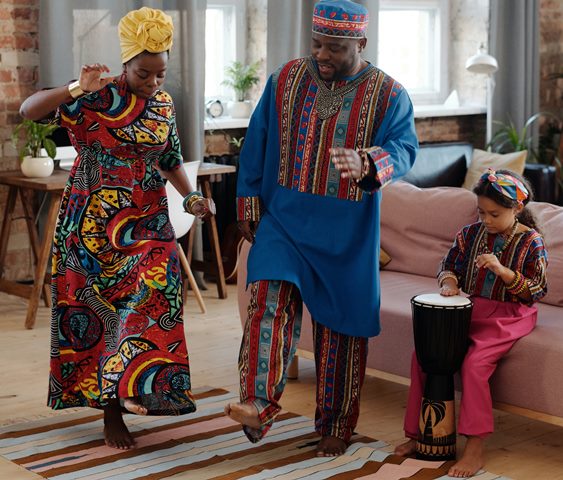
The Roots of African Dance
African dance is deeply rooted in the continent’s culture. Dance has always been an integral part of African society, used in rituals and ceremonies to celebrate life’s milestones, honor ancestors, and communicate with the spirit world.
There are a variety of dances performed across the continent, some of which are unique to particular areas or ethnic groups.
African dances can be divided into different variety of categories, such as social dances, spiritual or religious dances, and war dances.
Social Dances
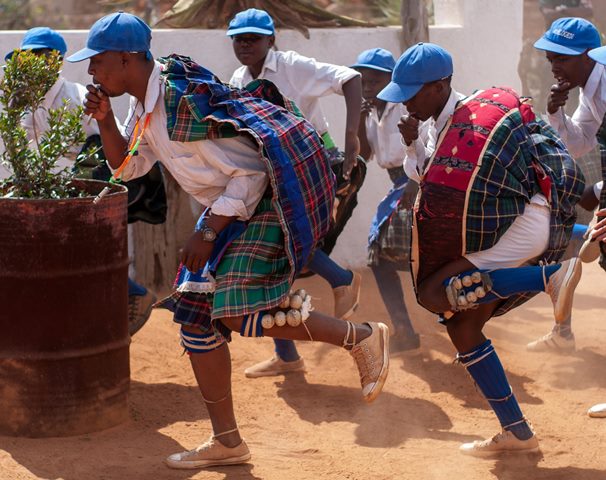
Innovative Tech Solutions, Tailored for You
Our leading tech firm crafts custom software, web & mobile apps, designed with your unique needs in mind. Elevate your business with cutting-edge solutions no one else can offer.
Start NowSocial dances are performed at social events like weddings and festivals and are frequently accompanied by music. These dances typically involve complex footwork and hand gestures and are performed in a circle or a line.
The Gumboot dance is an example of a social dance. It was done by miners in South Africa during the Apartheid era.
Spiritual or Religious African Dance
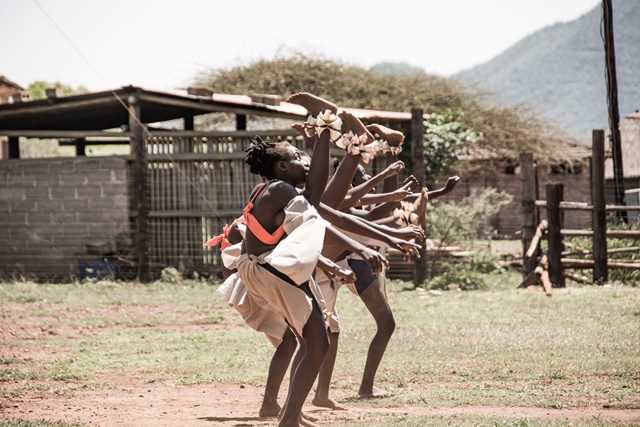
Religious or spiritual dances are performed to communicate with the spirit world and pay respect to the ancestors. These dances are regarded as sacred and are frequently accompanied by music.
They usually involve a particular group, like priests or priestesses, and call for extensive training and preparation. The Yoruba people of Nigeria’s Egungun dance is an example of a religious dance.
War Dances
African warriors practiced war dances before going into battle. These dances were performed to intimidate enemies and to mentally and physically prepare warriors for battle.
They frequently feature strong, rhythmic drumming and acrobatic movements. The Zulu dance, performed by the Zulu warriors of South Africa, is an example of a war dance.
In addition, the transatlantic slave trade, which brought African slaves to the Americas, significantly impacted African dance.
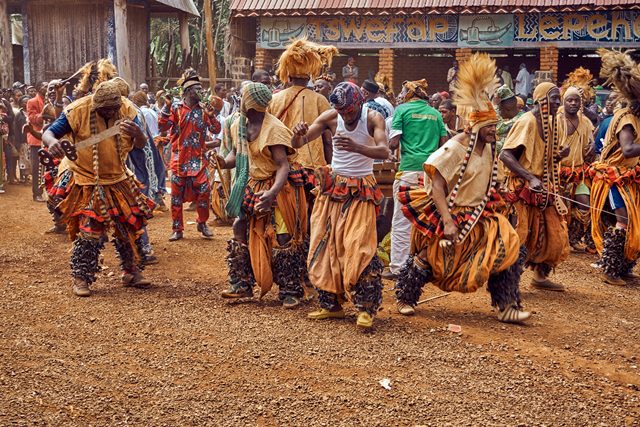
African Dance and Slavery
African slaves were forced to give up their native dances and learn European dances, which had a significant impact on their traditional dance during the transatlantic slave trade.
However, by combining some of their dance customs with European dances, African slaves could keep some of their dance traditions alive.
As a result, new styles were produced that have significantly influenced American dance styles ever since.
Millions of Africans were forcibly removed from their homes and transported to the Americas during the transatlantic slave trade to work as slaves. But they brought their music and dance along with their traditions and customs.
One of the most popular dance genres in the Americas, tap dance, has its origins in African dance. Tap dance involves creating rhythms with one’s feet.
African music is the source of jazz’s syncopated rhythms and improvisation, both of which originated in that genre.
In addition, hip hop first appeared in the Bronx in the 1970s, heavily influenced by African-American culture. The dance style draws on African-American social dance styles like the Charleston and the Lindy Hop, as well as African dancing elements, such as popping and locking.
Seamless API Connectivity for Next-Level Integration
Unlock limitless possibilities by connecting your systems with a custom API built to perform flawlessly. Stand apart with our solutions that others simply can’t offer.
Get StartedThe Evolution of African Dance in Modern Times
African dance has continued to develop and adapt, especially considering the changes in African society and culture. The influence of this indigenous dance can be seen in many different dance styles today as it has reached beyond Africa and gained worldwide popularity.
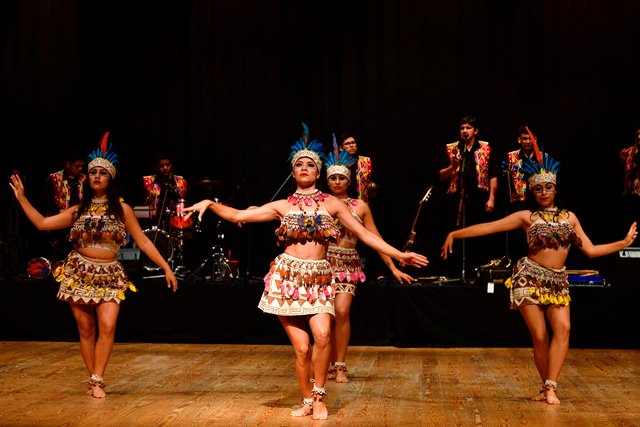
Technological Advancement
New technology has been incorporated into African dance, which is a significant development. Thanks to the development of digital media and the Internet, African dances are now more widely known.
Stage Performance
More stage performers are also adding indigenous dancing steps to their discography. These videos are posted on social media and many other platforms which has further increased African dance’s popularity.
Fusion With Other Dance Genres
Blending African dances with other genres to create new hybrid styles is another important development. For instance, in the United States, hip-hop and Afro-dance have been combined to create a brand-new dance form known as Afro-Hip Hop.
Similarly, in Brazil, samba and African dancing have been combined to create a new dance form known as Afro-Samba.
Traditional dance forms have evolved over time as well, in addition to fusion styles. For instance, the Ghanaian Kpanlogo dance has changed considerably in recent years.
Kpanlogo, first performed as a social dance, has now been transformed for the stage by choreographers who have added new movements and styles to make the performance more theatrical.
Finally, the ever-changing role of dance in Africa’s society has impacted the development of dance. The primary environments for dance in the past were rituals and ceremonies. But in the modern era, dance has been incorporated into popular culture and has become a more common form of entertainment.
New dance styles have also emerged due to this change, reflecting modern African culture and values.
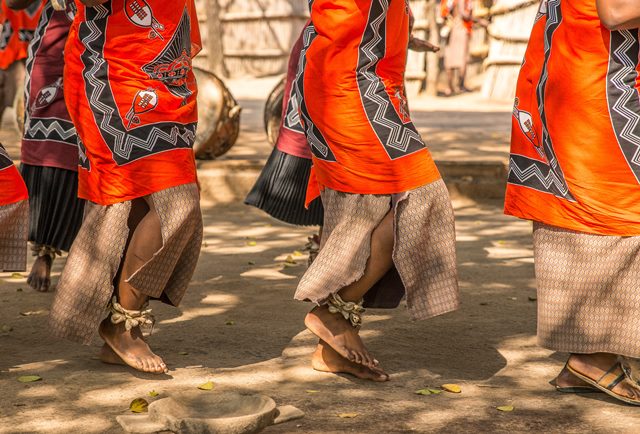
African Dance in Popular Culture
The music video is one of popular culture’s most significant representations of African dance. Famous musicians like Beyonce, Rihanna, and Shakira have incorporated African dances into their music videos.
These films frequently feature traditional dance forms, such as the South African gumboot dance or the Azonto.
Transform Business with Custom CRM & ERP Solutions
Elevate your operations with a CRM or ERP tailored for you. Let’s build the perfect solution that others can't replicate—crafted to match your business's needs like no other.
Get StartedAfrican dances have greatly influenced the film industry. Popular films like Black Panther and Beyonce’s visual album Black is King recently featured African dancing. These films use West African dances like the kuduro and South Africa’s dance forms like the pantsula.
African dances have also been featured in several television programs. They have been incorporated into popular shows like So You Think You Can Dance. Moreover, dance competitions like Dance Africa and World of Dance included African dances in their repertoires.
The Future of African Dance
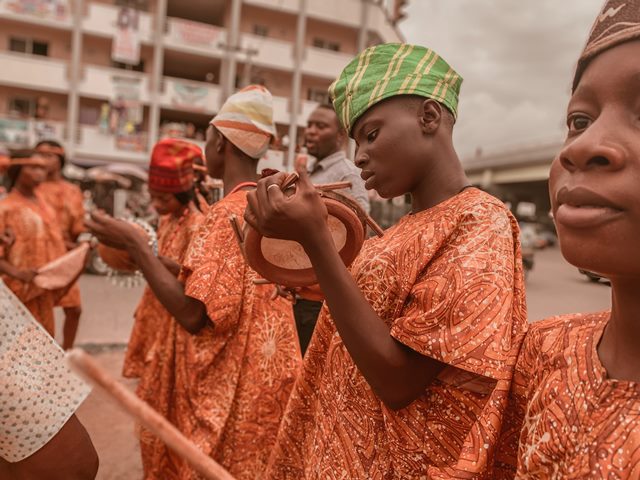
African dance has a bright future, full of opportunities for expansion and improvement. It will certainly change and evolve along with African society.
The future is being shaped by several trends and developments, such as the advancement of technology, and the rise in popularity of fusion styles. African dances are also increasingly being accepted as a legitimate art form.
Incorporating new technology is one of the most important developments for the future of African dances. These traditional dance steps are now more widely known than ever, thanks to the internet and digital media.
These dance steps have become more well-known worldwide thanks to the numerous companies and performers who have posted videos and accounts on social media to showcase their performances.
Interestingly, future developments in technology and new platforms for spreading dance performances suggest that this trend will continue.
The rising popularity of fusion styles is another trend influencing African dance’s direction. Afro-Hip Hop and Afro-Samba are two new hybrid dance genres that have emerged due to the fusion of Africa’s dance with other dance genres.
Another significant trend influencing the future of African dance is the acceptance of it as a legitimate art form. African dance is now more widely recognized as a valuable art form and a means of cultural expression.
As more Afro-dance companies and performers receive recognition, this native dance is expected to expand shortly.
Before you go…
Hey, thank you for reading this blog to the end. I hope it was helpful. Let me tell you a little bit about Nicholas Idoko Technologies. We help businesses and companies build an online presence by developing web, mobile, desktop, and blockchain applications.
We also help aspiring software developers and programmers learn the skills they need to have a successful career. Take your first step to becoming a programming boss by joining our Learn To Code academy today!











